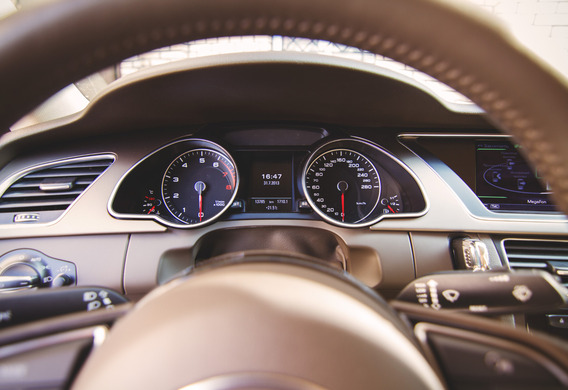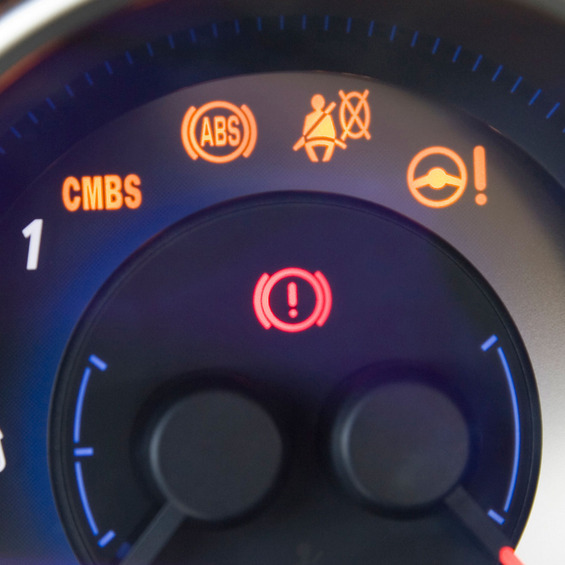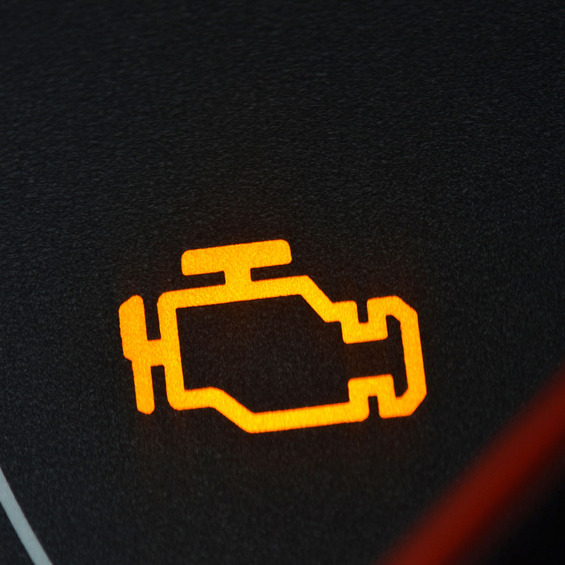
The dashboard of any modern motor vehicle with different lamps and lights. The better the car is equipped technically, the more control lamps.
Studies have shown that most drivers tend to ignore warnings if they do not understand the meaning of a given symbol
Research by American and European scientists has revealed a curious fact-most drivers tend to ignore warnings if they do not understand the meaning of a symbol.
Key milestones and their values
The oil pressure lamp is the indicator light to be lit if the oil pressure falls below the 0.3 kg/cm2 mark. The indicator shall light up at the time the ignition is on and off within seconds after the start of the engine. Pressure can be reduced for a number of reasons: insufficient oil in the system, oil pump failure, etc.

In case the engine is locked and the lamp continues to burn for more than 10 seconds, the engine must be stopped and the oil level checked. If the oil is in order and the lamp is restarted when the engine is restarted, the vehicle should be towed to the auto-service vehicle, and the vehicle with the burning or flashing emergency oil lamp may cause serious damage to the powertrain.
The light bulb of the ACM-this indicator informs the working of the generator. When the ignition is on, it shall be caught and extinguded after the start of the engine. If the indicator continues to light when the engine is running, the vehicle is not recommended. In order to determine the cause of the malfunction, the generator's belt should be checked first. If the belt is in order, the car should be delivered to the car service so that the wizard can diagnose the problem. In the event that the generator lamp is lit while the vehicle is in motion, the generator's belt should also be examined first. The movement of the ragged belt is possible, but the motor of the car will die soon.

The airbag light bulb is the same as the light indicators mentioned above, illumined at the time the ignition starts, and goes off when the engine is running when the system is running.
The ABS system lamp is the same as the ABS operating system, and is illumined at the time the ignition is on and off after the engine has been started. If the light continues to burn after the start of the motor, the vehicle can be operated, but it is desirable to drive the vehicle to the car service and diagnose the anti-lock system.

Check Engine ("Check Engine") or MIL (Malfunction indicator lamp) is illumined at the moment of ignition and is extingumed a few seconds after the engine has been activated. If the lamp continues to burn, an error has been detected in the engine management system. It is important to understand that the indicator does not record mechanical damage, only the malfunction of the electronic system. Computer diagnostics should be performed to identify the error. There is a similar indicator that instead of CHEK on the schematic representation of the engine is a downward arrow. This signal warns of a decrease in the engine power for some reason.

The cold start lamp is blue, and if the cooling liquid is overheated, a red lamp is lit. These indicators are used in place of the coolant temperature indicator. The two lamps are lit simultaneously (either red and then blue first). As long as the engine does not warm up to the operating temperature, the blue light should burn.
The lamp 'lamp' and the rear dimensions-like any other lamp on the dashboard, it ignites when the ignition is on and off after the engine starts. In the event that the stop lamp and the rear bulk lamp is illumined after the brake application, it means that one of the lamps is defective. In modern car models, in a situation where all of the stop lamps are malfunctioning, the ABS lamp is lit and the system stops functioning.
The bulb of the emergency brake fluid level-like other lamps on the dashboard, it ignite when the ignition starts. If it continues to burn, the system is malfunctioning and it is necessary to check the brake fluid level in the brake. On some vehicles, the brake-level light bulb of the brake fluid is reciprocally incorporated with the hand brake indicator. It is not recommended to ignore this indicator-this failure may result in partial or total failure of the braking system.
Auxiliary lights on the instrument panel
The overheating of oil at ACPR is the lamp informs the driver of the critical temperature of the oil in the transmission. The indicator is most often seen on the dashboard of an SUV or a sports car. As with other light bulbs, if the system is working properly, this light should be turned on when the ignition is on and the engine starts off. If the lamp continues to burn, you should stop the car without turning it off and let the oil cool.
A reminder of the GRM-belt reminder is typical for diesel-fuelled vehicles. It informs that the mileage mileage and the replacement time of the GRM-belt are approaching.
There are other indications that there is a need to replace technical fluids or perform routine maintenance. The dashboard views of different car models may include Maintenance Required, Oil Change, Service, and other.
The symbol on the dashboard, similar to a pan with a vapour rising from it, is actually warning of the overheating of the catalytic converter in the exhaust system.
The opening of the door shall inform the motorist of the opening of the door. In the case, the lamp continues to burn after the doors are closed, indicating that one of the doors (including the boot door) is not tightly closed.
The parking lamp (s) of the parking brake is always lit when the brake is on. This indicator reminds the driver that a parking brake car must be removed before driving.
The indication of the illumination of rear fog lamps is lit when the key is pressed and indicates that the rear fog lamp is lit. Most often, this indicator is not available on right-hand drive vehicles.







